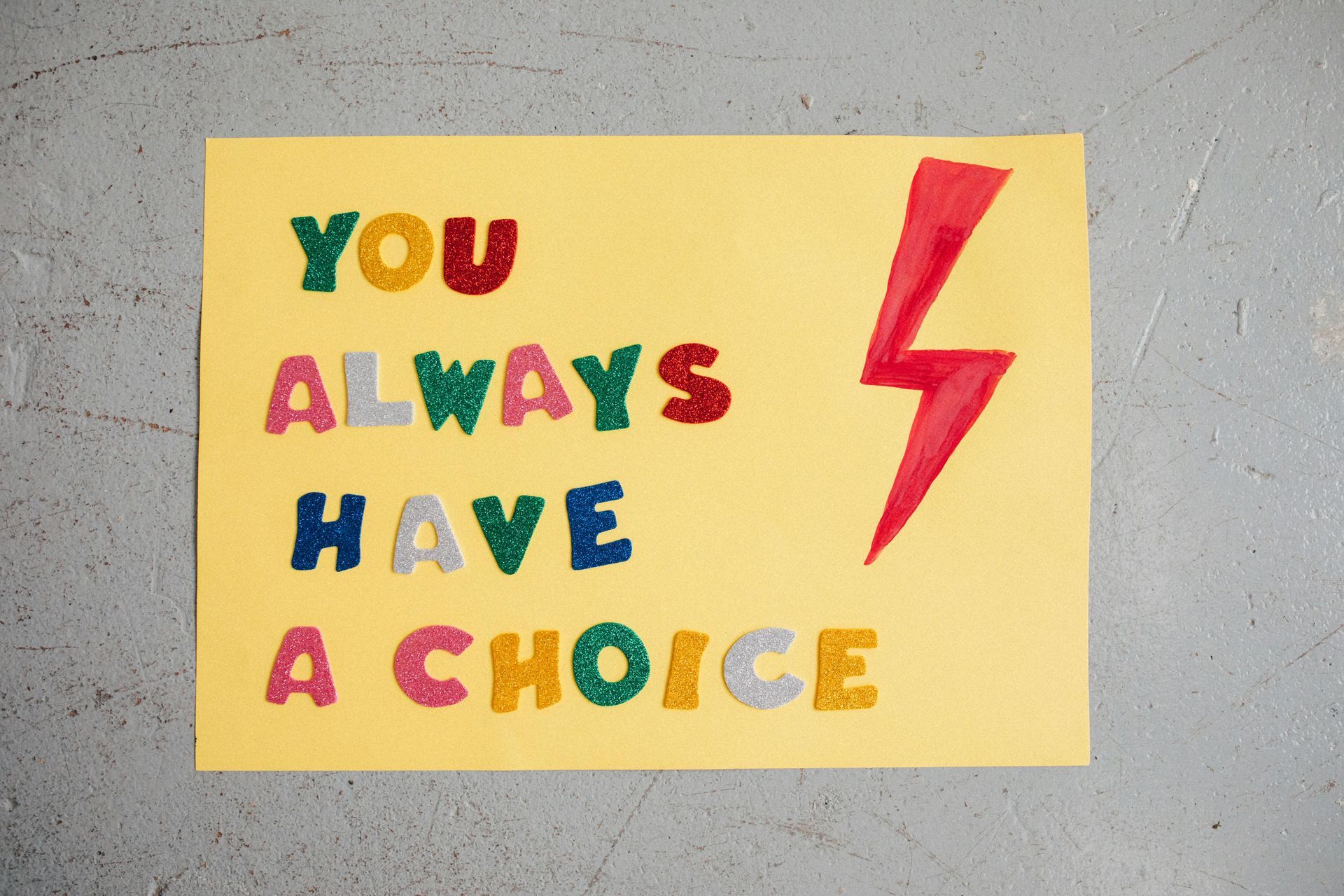
We hated being left out then and we hate being left out now
Are our inclusion policies truly inclusive?
My earliest attempt to advocate for inclusion came during primary school PE
You remember the process: the teacher chooses a boy and a girl (to be inclusive) and asks them to select their team one at a time until no one is left. Inevitably, the captains would take advice from their team members and accept ‘friendship’ bribes from those waiting to be selected. It was a big deal, and lifelong friendships were in the balance.
Eventually, the pecking order was established, and it was down to the last two. It was here (but strangely not in the selections prior to this) that a part of me recognised that the two people staring at the ground were not particularly happy. So, I would advocate for the selection of the least sporty student, believing that I was doing the right thing and being inclusive.
It's strange that this process always ended up pitting the same two people against each other for the title of ‘most unpopular person in the class,’ and each time, I honestly felt I was doing the right thing. Forgive me, I was only seven years old!
The echoes of childhood
Now that I am in my mid-50s, I see the situation repeating again. This time, I am the one being overlooked in job interviews, team meetings, and office discussions, and the excuse can best be described as ageism. This time, there is no one to advocate for me, and more often than not, I find I am the last one standing.
Ageism is the great equaliser, bringing with it aches, pains, creaks, and groans that seem to overshadow experience. I remember telling a 60-year-old job seeker client, diagnosed with osteoarthritis, that her biggest barrier to employment was her age, not her physical condition. I spent considerably more time constructing a résumé that disguised her age than her physical condition.
The illusion of inclusion
As I move into disability inclusion consulting, I find there are many others who were taught inclusion the same way I was. Many have risen to become experienced managers who, with good intentions, have formulated company policies that appear inclusive but, unfortunately, treat jobseekers like they are being selected for a primary school sports team. After you have been around awhile, you see your place on the team slipping further down the selection order until you find yourself reaching the point where YOU are the least wanted person.
Planning ahead for true inclusion
Like planning for retirement, it makes good sense to think ahead, as ageing waits for us all and it makes few exceptions. A properly written inclusion policy, followed by a cultural shift to enact the policy now, will make things easier when you age, your hip gives out, your mental health suffers, your eyesight is reduced, you develop diabetes, heart issues, obesity, sleep apnoea, osteoarthritis, kidney failure, or any number of issues that fall under the category of ageing and need to re-enter the workforce.
Think about it for a moment: if you had to take time off work due to the natural wonders associated with ageing, would the company let you back in? Does the company have disability inclusion policies that actually support people like you, people with disabilities? Perhaps hoping so isn't enough and it's time to do something about it.
Contact me today to arrange a free 1-hour consultation to assess the inclusivity of your inclusion policy.
Hashtags:
#InclusionMatters #WorkplaceEquity #DiversityAndInclusion #Ageism #DisabilityAdvocate #EmploymentSupport #PolicyChange #WorkplaceCulture #InclusivePolicies #RetirementPlanning







